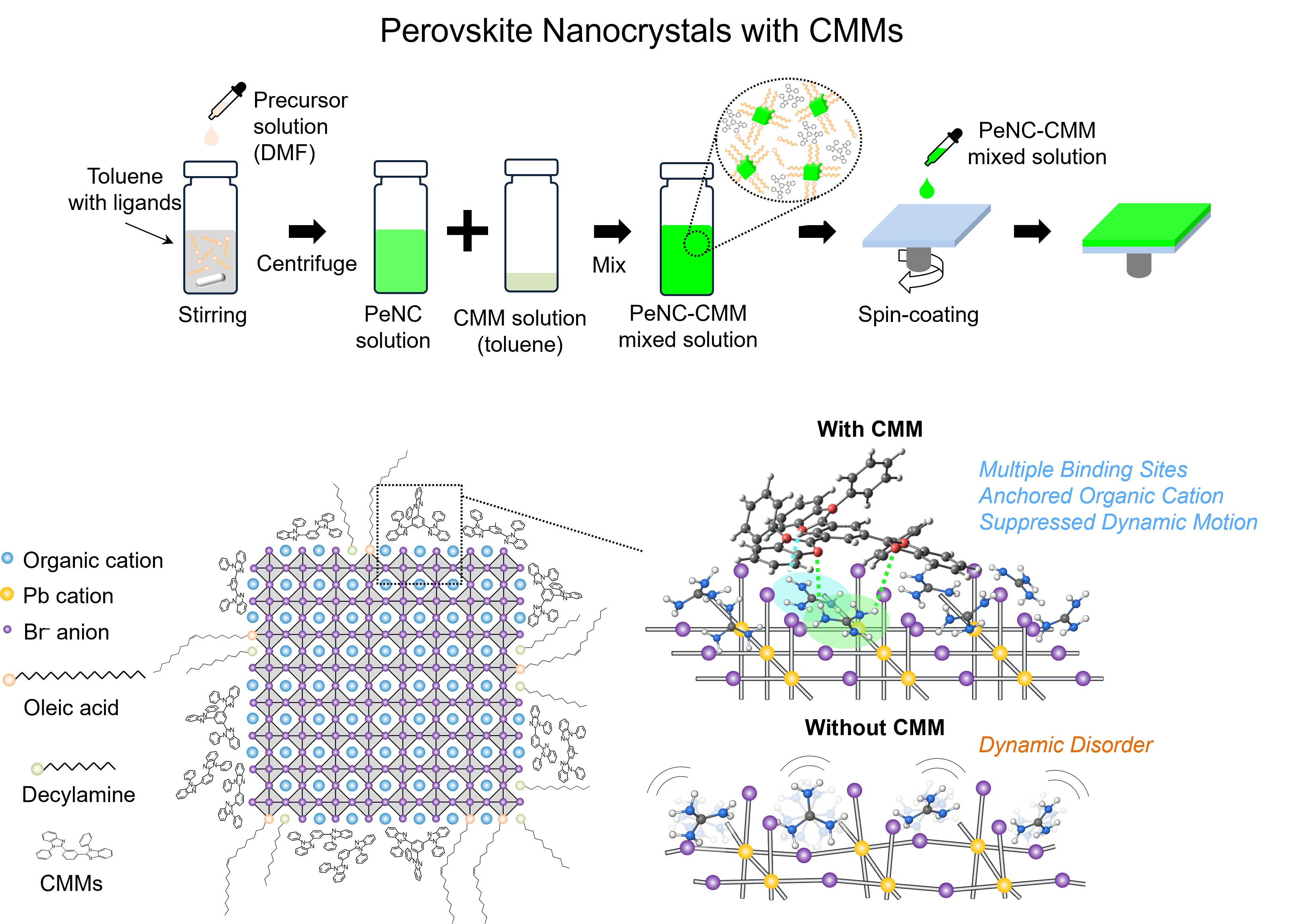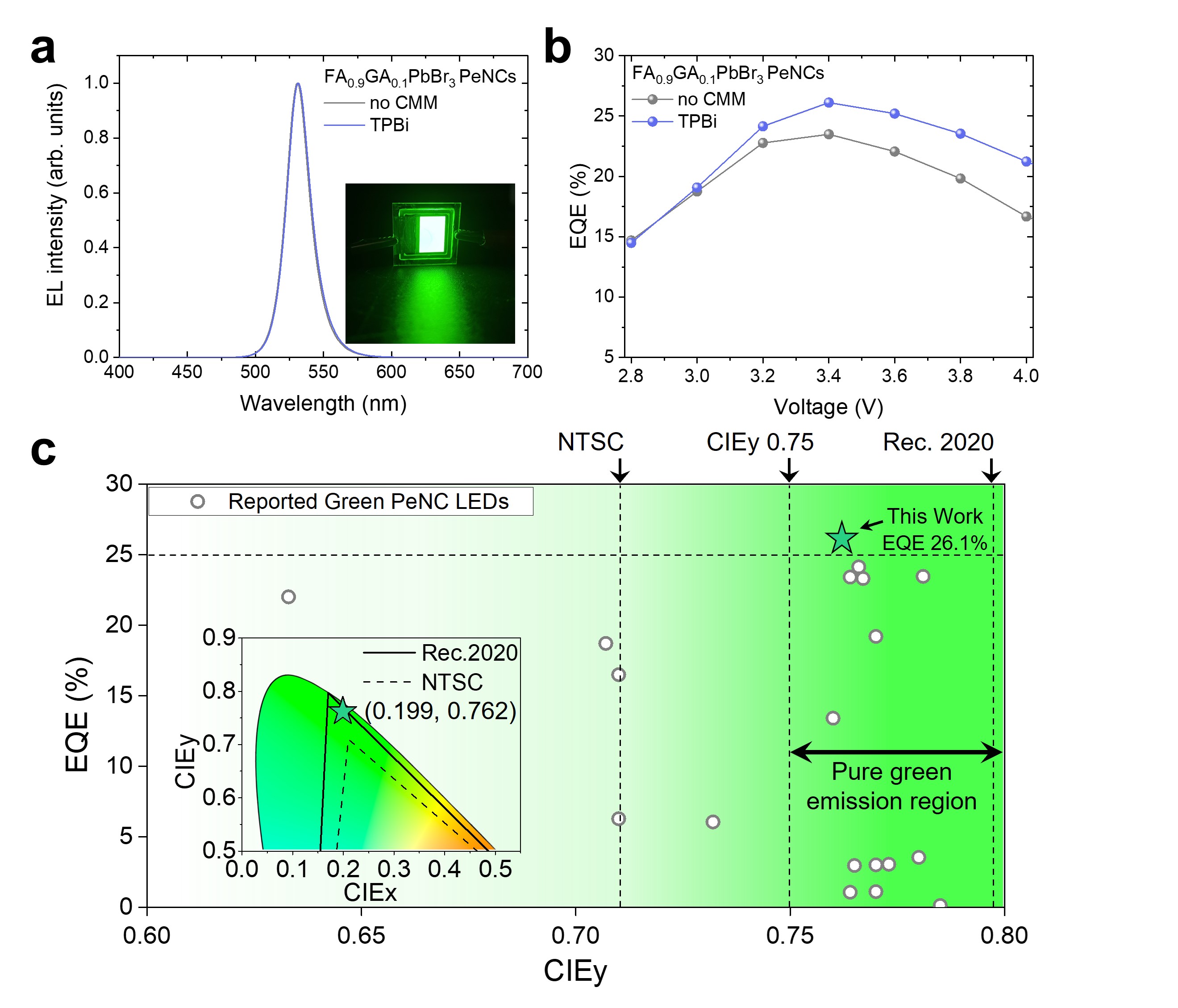- About
- Academics
-
Undergraduate Programs
- Civil and Environmental Engineering
- Architecture and Architectural Engineering
- Mechanical Engineering
- Industrial Engineering
- Energy Resources Engineering
- Nuclear Engineering
- Materials Science and Engineering
- Electrical and Computer Engineering
- Naval Architecture and Ocean Engineering
- Computer Science and Engineering
- Aerospace Engineering
- Chemical and Biological Engineering
-
Graduate Programs
- Civil and Environmental Engineering
- Architecture and Architectural Engineering
- Mechanical Engineering
- Industrial Engineering
- Energy Systems Engineering
- Materials Science and Engineering
- Electrical and Computer Engineering
- Naval Architecture and Ocean Engineering
- Computer Science and Engineering
- Chemical and Biological Engineering
- Aerospace Engineering
- Interdisciplinary Program in Technology, Management, Economics and Policy
- Interdisciplinary Program in Urban Design
- Interdisciplinary Program in Bioengineering
- Interdisciplinary Program in Artificial Intelligence
- Interdisciplinary Program in Intelligent Space and Aerospace Systems
- Chemical Convergence for Energy and Environment Major
- Multiscale Mechanics Design Major
- Hybrid Materials Major
- Double Major Program
- Open Programs
-
Undergraduate Programs
- Research
- Campus Life
- Communication
- Prospective Students
- International Office
News
Professor Tae-Woo Lee's Research Team at Seoul National University Develops Ultra-High Efficiency Next-Generation Perovskite Light-Emitting Diodes by Strengthening Perovskite Lattice
-
Uploaded by
대외협력실
-
Upload Date
2024.08.19
-
Views
3,420
Seoul National University's Professor Tae-Woo Lee's Research Team Develops Ultra-High Efficiency Next-Generation Perovskite Light-Emitting Diodes by Strengthening Perovskite Lattice
- Professor Tae-Woo Lee: "Increased Potential for Commercialization of Next-Generation Displays"... Published in Nature Communications
- Novel Mechanism Presented to Enhance Luminescence Efficiency by Suppressing Inherent Low-Frequency Dynamics in the Perovskite Material
▲ (From left) Professor Tae-Woo Lee of Seoul National University, Professor Andrew M. Rappe of the University of Pennsylvania, PhD candidate Dong-Hyeok Kim of Seoul National University, Dr. Seung-Je Woo of Seoul National University, Dr. Claudia Pereyra Heulmo of the University of Pennsylvania, and Dr. Min-Ho Park of Seoul National University.
The College of Engineering at Seoul National University has announced that a research team led by Professor Tae-Woo Lee from the Department of Materials Science and Engineering at Seoul National University, in collaboration with Professor Andrew M. Rappe of the University of Pennsylvania, has developed an ultra-high efficiency perovskite nanocrystal light-emitting diodes (LEDs). This was achieved by strengthening the perovskite lattice and suppressing the material's inherent low-frequency dynamics. The research findings were published in the prestigious journal Nature Communications on July 24.
Background Perovskite is a semiconductor material composed of cube-shaped nanocrystals consisting of organic cations, metal cations, and halogen elements. Perovskite light emitters have garnered attention as promising next-generation emitters due to their excellent color purity, tunability, and cost-effectiveness.
However, prior to 2014, perovskites were primarily used in solar cells, as their luminescence was not bright enough to be visible at room temperature. Despite this limitation, Professor Tae-Woo Lee recognized the potential of perovskite as a next-generation emitter early on and secured a portfolio of fundamental patents for perovskite light-emitting materials in 2014. Additionally, in 2015, his team published the first research paper demonstrating the enhancement of the efficiency in perovskite LED from a mere 0.1% to 8.53%, comparable to the level of phosphorescent OLEDs. This achievement has inspired worldwide researchers to conduct intensive and in-depth research on improving the efficiency of perovskite emitters.
As a leader in this field, Professor Lee's team further advanced perovskite self-emissive devices in 2022, achieving an external quantum efficiency (EQE) of 28.9% (nearly theoretically achievable maximum), peak brightness of 470,000 nits, and an operational lifetime of up to 30,000 hours. Moving towards commercialization, Professor Lee's startup company, SN Display Co. Ltd., showcased TV and tablet display prototypes at the CES (Consumer Electronics Show) in 2022 and 2023, making a great appeal to industry insiders.
However, the research team realized the need to address a key challenge: the reduction in luminescence efficiency due to the inherent ionic nature of the perovskite. Unlike traditional inorganic semiconductors, perovskite materials are composed of weak ionic bonds, and large-amplitude displacement of the atoms in their crystal lattices can cause dynamic disorder. This dynamic disorder interferes with the radiative recombination process in perovskite materials, leading to exciton dissociation and reduced luminescence efficiency. Despite the need to overcome this critical limitation, there has been little research on how dynamic disorder affects the luminescent properties of perovskites or on strategies to improve efficiency by reducing dynamic disorder.

(Figure 1) Schematic diagram of the fabrication process of perovskite nanocrystal thin films with conjugated molecular multipods and the lattice-strengthening mechanism at the surface of the perovskite nanocrystals.
Achievements In collaboration with Professor Andrew M. Rappe of the University of Pennsylvania in the US and Professor Omer Yaffe of the Weizmann Institute of Science in Israel, Professor Tae-Woo Lee’s team suggested a novel mechanism that enhances the luminescence efficiency of the perovskite emitters by incorporating conjugated molecular multipods (CMMs). The mechanism is that when CMM binds to the surface of the perovskite lattice, the lattice is strengthened, suppressing low-frequency dynamics and reducing dynamic disorder in the perovskite lattice. This consequence finally led to improved luminescence efficiency in perovskite materials. A particularly noteworthy achievement is the realization of ultra-high-efficiency LEDs with an EQE of 26.1%. This value is among the highest efficiency in perovskite nanocrystal LEDs and is especially significant because the efficiency improvement was achieved by enhancing the intrinsic emission efficiency of the material itself, rather than through engineering the device structure that enhance light outcoupling efficiency.
Expected Effects The perovskite emitters developed by Professor Lee’s team are recognized for their high potential as next-generation display emitters. Because green color contributes the largest portion of the Rec. 2020 color standard for ultra-high-definition displays, achieving high color purity and high-efficiency green emitters is essential for display development. The LEDs developed by the research team exhibit electroluminescence wavelengths that nearly approach the green primary color in the Rec. 2020 standard. This achievement is expected to significantly accelerate the commercialization of next-generation displays.

(Figure 2) (a) Electroluminescence spectrum of the perovskite nanocrystal LEDs. (b) External quantum efficiency (up to 26.1%) of the perovskite nanocrystal LEDs. (c) Graph of EQE versus CIEy coordinates for perovskite nanocrystal LEDs without light outcoupling enhancement techniques.
Professor Tae-Woo Lee stated, “This research presents a new material-based approach to overcoming the intrinsic limitations of perovskite light emitters. We anticipate that this will significantly contribute to the development of high-efficiency, long-lifetime perovskite light-emitting devices and the commercialization of next-generation displays.” Professor Andrew M. Rappe agreed, saying "Together we have shown the power of molecules in strengthening perovskites and making them better light emitters. By combining the powers of molecular chemistry, physics, mechanics, and optics, we are inventing new materials to lead us into a bright and energy-efficient future."
Introduction to the Research Team The lead author of this study, Dong-Hyeok Kim, is a PhD candidate in the Department of Materials Science and Engineering at Seoul National University, focusing on the development of next-generation perovskite light emitters. Dr. Seung-Je Woo, a Marie-Curie Fellow at the Cavendish Laboratory, University of Cambridge, is conducting research on optoelectronic materials using ultrafast laser spectroscopy. Dr. Claudia Pereyra Heulmo from the University of Pennsylvania is currently researching optoelectronics at the University of the Republic in Montevideo, Uruguay. Dr. Min-Ho Park, after completing postdoctoral research at Seoul National University and working at Samsung Display, is now an assistant professor in the Department of Materials Science and Engineering at Soongsil University. This research was supported by the Research Leader Program and Outstanding Researcher Exchange Support (BrainLink) program promoted by the Ministry of Science and ICT (MSIT) and National Research Foundation of Korea (NRF) as well as by the National Science Foundation of the USA, as part of the IMOD Science and Technology Center.
[Reference Materials]
“Surface-binding molecular multipods strengthen the halide perovskite lattice and boost luminescence”, Nature Communications
https://www.nature.com/articles/s41467-024-49751-7
[Contact Information]
Professor Tae-Woo Lee
Department of Materials Science and Engineering
Phone: +82-2-880-8021
Email: twlees@snu.ac.kr